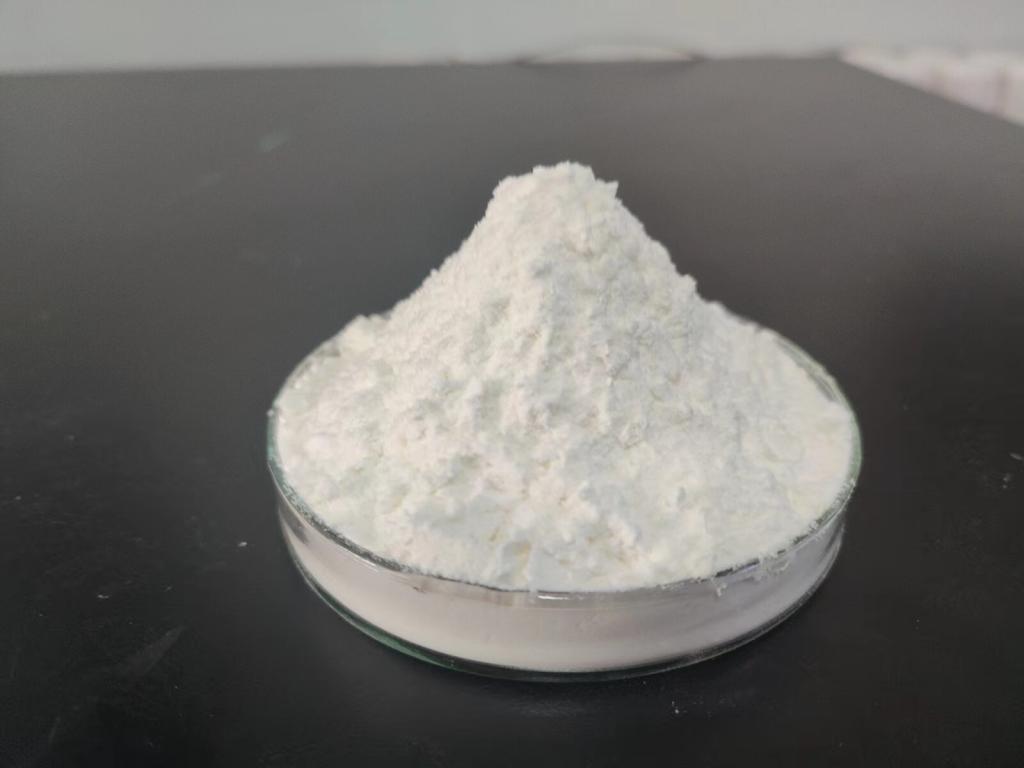Tel:+8618231198596

News
 CONTACT
CONTACT
 CONTACT
CONTACT
- Linkman:Linda Yao
- Tel: +8618231198596
- Email:linda.yao@dcpharma.cn
- Linkman:CHARLES.WANG
- Department:Overseas
- Tel: 0086 0311-85537378 0086 0311-85539701
News
Current Position:
Home >
News
>ε-Polylysine Hydrochloride Pioneering Food Preservation in the Modern Age.
ε-Polylysine Hydrochloride Pioneering Food Preservation in the Modern Age.
TIME:2023-10-27
Understanding ε-Polylysine Hydrochloride
Mechanism of Action:
ε-Polylysine hydrochloride, a cationic antimicrobial peptide, works by disrupting the cell membrane integrity of bacteria, molds, and yeasts. Its mechanism involves electrostatic interaction with negatively charged components on the microbial cell surface, leading to membrane permeabilization and cell death. This process ensures effective control of a wide spectrum of microorganisms.
Natural Origin:
One of the key attributes of ε-polylysine hydrochloride is its natural origin. Derived from microbial fermentation, it aligns with the growing consumer demand for natural and minimally processed food additives.
Applications of ε-Polylysine Hydrochloride in Food Preservation
Meat and Poultry:
In the meat and poultry industry, ε-polylysine hydrochloride plays a pivotal role in extending shelf life and ensuring food safety. By inhibiting the growth of pathogenic bacteria like Salmonella and E. coli, it reduces the risk of foodborne illnesses and enhances the overall quality of meat products.
Dairy Products:
Dairy products, including cheese, yogurt, and milk, benefit from the antimicrobial properties of ε-polylysine hydrochloride. It controls spoilage bacteria, molds, and yeasts, allowing for the production of high-quality, longer-lasting dairy items.
Bakery and Confectionery:
In baked goods and confectionery items, ε-polylysine hydrochloride prevents mold growth and spoilage, ensuring the freshness of products like bread, cakes, and pastries. Its ability to withstand high temperatures makes it an ideal choice for heat-processed foods.
Beverages:
Beverages, such as fruit juices and soft drinks, can experience microbial contamination during production and storage. ε-Polylysine hydrochloride serves as a preservative, safeguarding the quality and safety of beverages without compromising their taste.
Benefits of ε-Polylysine Hydrochloride in Food Preservation
Extending Shelf Life:
One of the primary benefits of ε-polylysine hydrochloride is its ability to extend the shelf life of various food products. By inhibiting microbial growth, it prevents spoilage, ensuring that products remain fresh for a longer duration.
Enhancing Food Safety:
ε-Polylysine hydrochloride's broad-spectrum antimicrobial activity makes it effective against a wide range of pathogens. Its use significantly reduces the risk of foodborne illnesses, contributing to enhanced food safety standards.
Preserving Sensory Attributes:
Unlike some preservatives that can alter the taste, texture, or aroma of food products, ε-polylysine hydrochloride has a minimal impact on sensory attributes. Food products retain their natural qualities, meeting consumer expectations for taste and quality.
Reducing Food Waste:
By preventing spoilage and extending the shelf life of products, ε-polylysine hydrochloride reduces food waste. This is especially crucial in a world where food sustainability is a growing concern.
The Future of ε-Polylysine Hydrochloride in Food Preservation
Innovations in Delivery Systems:
Ongoing research focuses on developing innovative delivery systems for ε-polylysine hydrochloride, ensuring its controlled release in food products. Encapsulation technologies and smart packaging solutions are being explored to optimize its effectiveness.
Combination with Other Preservation Methods:
Researchers are investigating the synergistic effects of combining ε-polylysine hydrochloride with other preservation methods, such as modified atmosphere packaging and natural antioxidants. These combinations enhance the overall preservation efficacy of food products.
Exploring New Applications:
Beyond traditional food preservation, ε-polylysine hydrochloride is being explored for novel applications. Its potential in extending the shelf life of fresh produce and ready-to-eat meals, as well as its role in reducing the need for chemical preservatives in sauces and dressings, showcases the diverse possibilities in the food industry.
Conclusion
ε-Polylysine hydrochloride stands at the forefront of modern food preservation, embodying the ideals of natural origin, effectiveness, and sustainability. Its multifaceted applications, ranging from meat and dairy products to bakery items and beverages, highlight its versatility and impact on the food industry. As research and innovation continue to unfold, ε-polylysine hydrochloride is poised to shape the future of food preservation, offering consumers longer-lasting, safer, and higher-quality food products. Its journey from microbial fermentation to pioneering food preservation serves as a testament to the enduring importance of science and innovation in the world of culinary arts.
- Tel:+8618231198596
- Whatsapp:18231198596
- Chat With Skype







